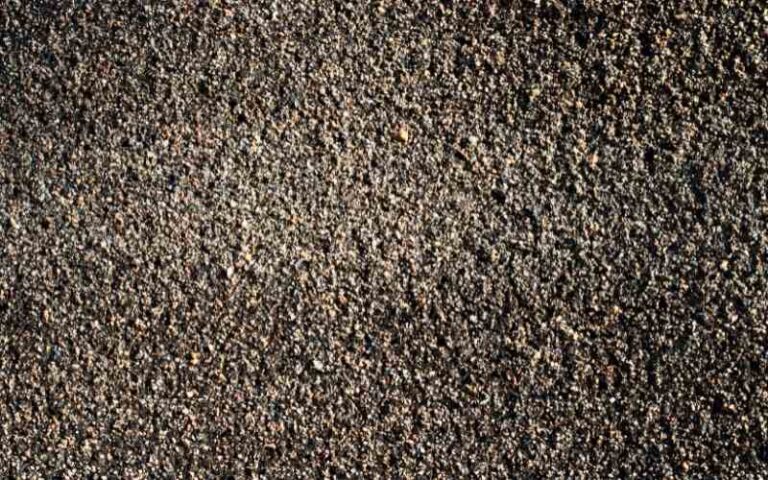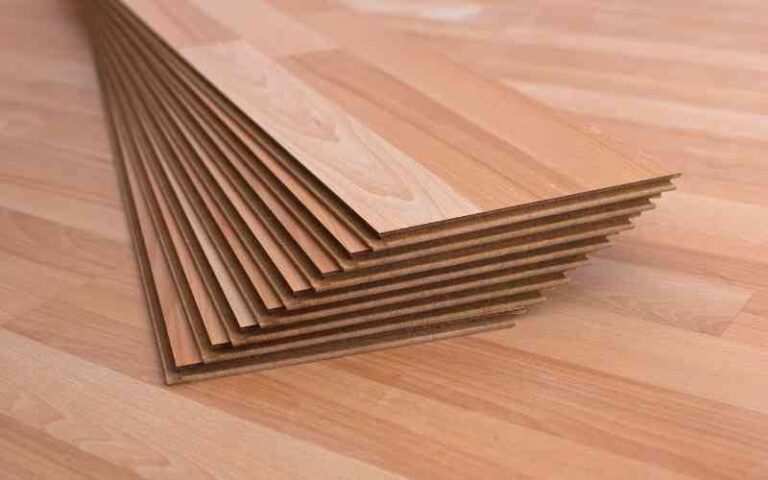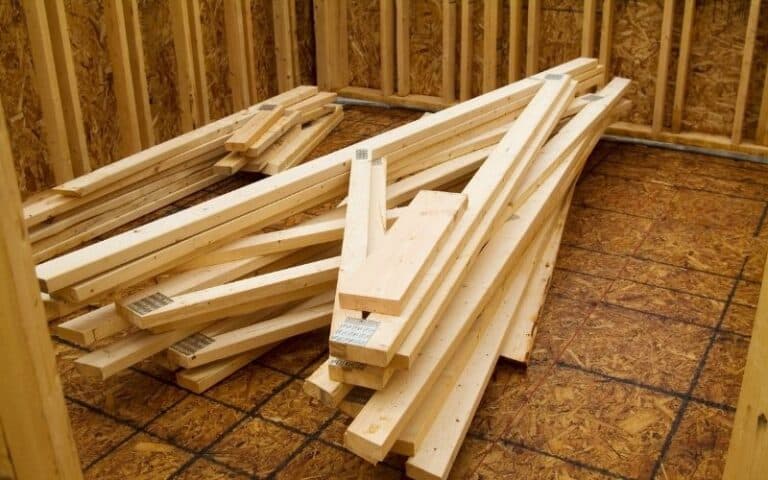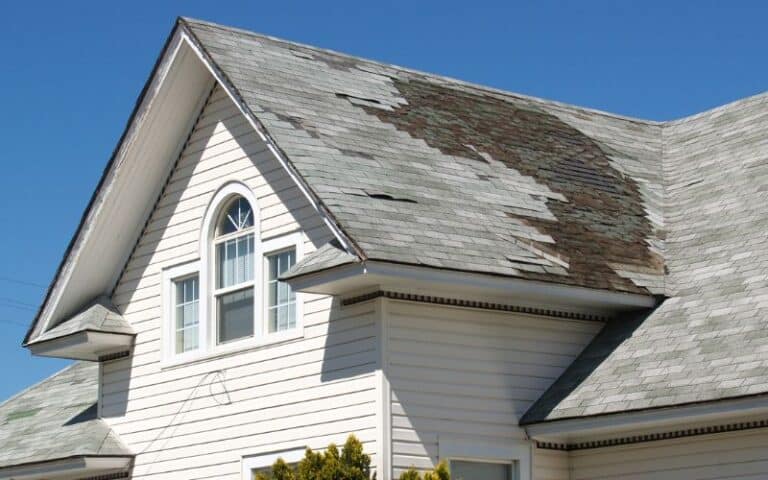If you’re like most people, you probably didn’t know there was a difference between a roof and a ceiling.
However, due to their location in a building, it takes some technical insight to agree that a roof and a ceiling are not the same.
And apart from this, several other parameters describe the subtle differences that you may have missed. Well, let’s talk about that.
The differences between a ceiling and a roof include their exact location in a building, the role each plays, the types, best working conditions and maintenance, makeup, and methods/types of insulation. This article will explore and give you a better grasp of these differences.
Ready for a Roofing Quiz?
Is There a Difference Between a Roof and a Ceiling?

Indeed. The roof of a building is simply the topmost portion of that building that’s only visible from the outside.
It comes in all forms of refined shapes and sizes, though installed with the primary goal of protection from sunlight, rain, snow, birds, or other conditions of threat to human safety.
On the other hand, the ceiling is the uppermost portion of a house’s interior, visible from inside the house. Nowadays, ceilings take a more decorative emphasis and seem to exist just for aesthetic reasons.
But actually, the ceiling serves to provide an extra layer of protection to that the roof.
Here are some of the significant differences between a roof and a ceiling you can easily remember:
#1. Location
A roof covers the top of a building. It forms the building’s apex and the upward extension of the building wall. So, manufacturers design roofs to reflect the radiant heat of the sun.
However, today’s roofing architecture goes beyond providing coverage for a building. Hence, you find portions of many recent roof designs on the sides of a building, especially the sloppy/slanted roof types.
Conversely, a building houses its ceiling. You can only see it as an overhead surface from the inside.
For this reason, manufacturers make ceilings to meet both defensive and ornamental purposes.
#2. Function
A roof serves the most crucial purpose of a building — protection. It is the upward border between the interior and exterior of the house and keeps all forms of harm away from its residents.
Some of these harms include:
- Wind and Rainfall that can damage valuable items within the house interfere with convenient living and cause severe health problems due to exposure to cold.
- Heat is also dangerous to the health of residents.
- Wild animals, including birds, reptiles, and even large mammals, can find their way up there.
- Humans. Including both petty thieves and armed robbers.
For this reason, roofs are engineered to be durable and well attached to the building wall, strong enough to withstand extreme weather conditions like hurricanes and thunderstorms.
Ceilings, on the contrary, aren’t designed to withstand so much pressure. Although they bring an extra layer of protection to the building, they are not as tough or strongly built as roofs.
Manufacturers insulate ceiling roofs and ensure they provide regulation for air movement and humidity inside the building. They also design them to bring more beauty and ambiance to homes’ interiors.
#3. Types and Makeup
Roofs and ceilings differ in their types and composition, both in shape, durability, and ease of maintenance. Here are a few of them.
#1. Types of Roofs
#1. Flat Roofs:
These have a slope of between 1-5 degrees. Flat roofs have a unique finishing known as “Terracing,” which gives them extra resistance against heat and extreme cold.
Pitched Roofs are made of rolled steel or wood and mostly have a slope of over 10 degrees to the horizontal. This slope varies from place to place, depending on the weather.
Places with heavy snowfall use a steeper slope to prevent the overloading of snow.
#2. Shell Roofs:
The ceiling roofs called shell roofs cover a vast expanse of land without columns or segmentation. They’re often used for large buildings like auditoriums, industries, and theaters.
#3. ACC Sheet Roofing:
ACC stands for Asbestos Cement and can be corrugated or semi-corrugated. However, watch that the asbestos doesn’t have cracks in it.
#4. Iron sheet roofing:
This is made of zinc-coated corrugated and galvanized iron sheets. They are clean sheets commonly used to cover the sides of industrial buildings.
#5. Steel roofing:
Steel roofs have gained wide acceptance recently because of their fire-resistant nature, lightweight, and durability. It’s also available in tiles or slate form.
Clay roof tiles come in various colors and styles, being more popular with Spanish and Italian buildings. Some people love to use it to add a finishing touch to their roofing.
#2. Types of Ceilings
Ceilings are mainly categorized based on their appearance or structure.
- Cathedral Ceiling: This is used in tall buildings like churches.
- Dropped Ceiling: This is done to meet a particular ceiling height or acoustic damping.
- Concave Ceiling: This is usually curved upwards and is used for decorative or acoustic reasons.
- Coffered or Lacunar Ceiling: This is segmented into octagonal or square shapes.
- False Ceilings: False ceilings are special because they’re different from regular concrete ceilings. They’re usually made of gypsum, plaster of Paris, or fiber, suspended on a framework below the roof.
They’re usually used to insulate the room from heat (due to air conditioners) and hide electric wires and extra-high roofs. Some types of false ceilings are metal ceilings, synthetic leather ceilings, and false glass ceilings.
#3. Insulation
Many homes insulate their ceiling and roof to prevent moisture accumulation and keep heat out, especially when using an attic living space.
Insulation will help to prolong the lifespan of the building and is essential to the welfare of the residents. However, you don’t go about their insulation the same way.
Manufacturers design foils to reflect radiant heat in roof insulation. You can also use a rigid foam insulation board to insulate your roof.
It comes in bulk for the ceiling, either polyester batts or glass wool, and is incorporated between the ceiling rafters. Manufacturers also combine both materials to give a hybrid and thus, insulate ceiling roofs better.
#4. Maintenance
Just like insulation, both the ceiling and roof have unique maintenance methods, and you must understand and stick to these methods to get optimal results.
Roof maintenance requires regular inspection for wear and tear, leaks, rust, or algae. It may need replacing hooks and shingles, wire-brushing rust and algae, or waterproofing leaks with silicone.
On the other hand, ceilings require more refurbishing, such as repainting to seal stains from water leakage, spraying a resurfacer (an alternative to paint) on acoustic tiles, or removing dust with a vacuum cleaner.
Related: Crown Molding Vaulted Ceiling No Transition!
Summary
You can use the terms ‘ceiling’ and ‘roof’ interchangeably. They do not, however, refer to the same thing.
The ceiling lies inside a building, doubling to provide ambiance and protection, while the roof is more rugged and serves mainly as an external guard against danger.
Therefore, their location and composition call for other differences in their types, maintenance, and roof ceiling insulation.






